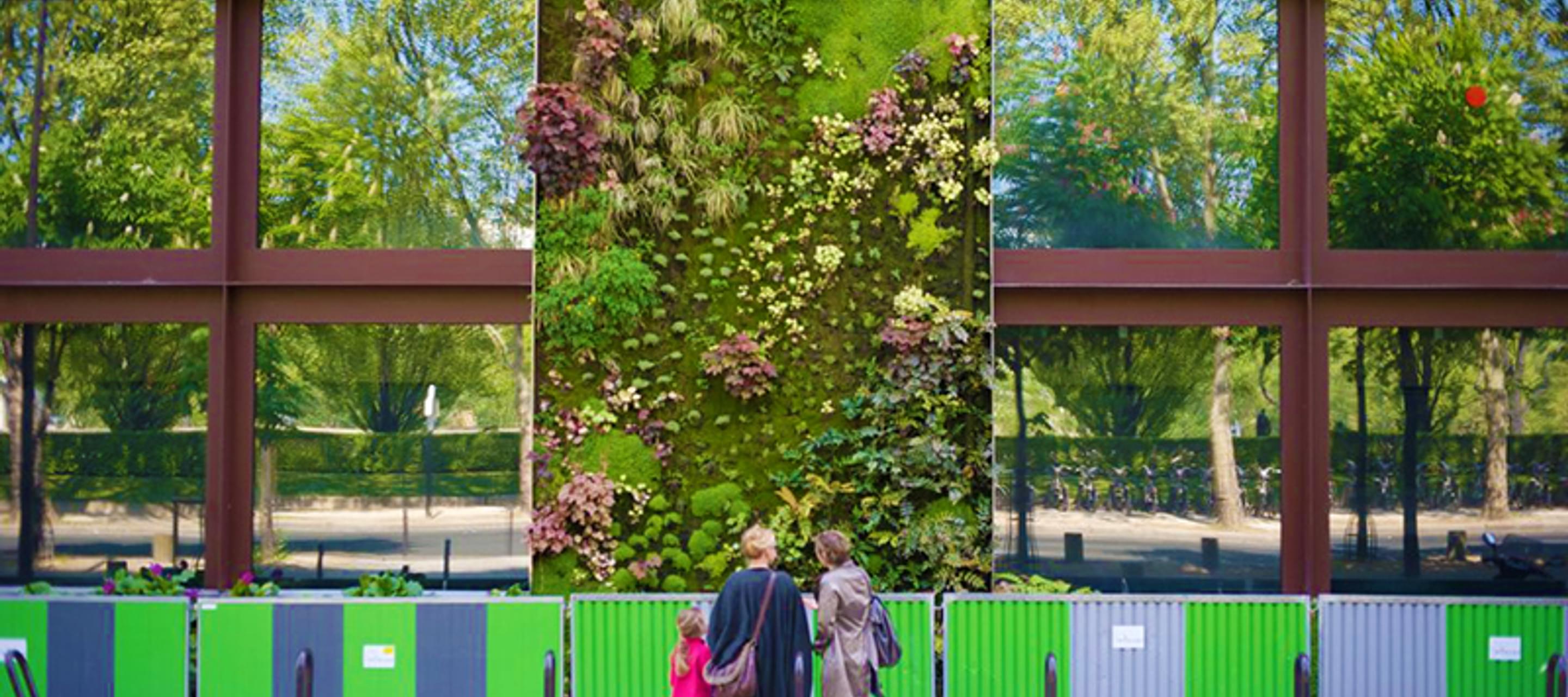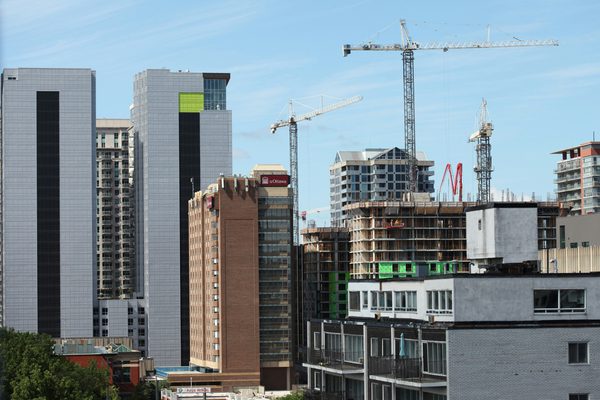Better Building(s) - A Rights-Based Approach to Decarbonisation
6 May 2021

As governments gather this week for the Porto Social Summit, they should consider the many ways that climate action in the built environment must be shaped to advance, rather than undermine, human rights.
Across the EU, momentum is growing to decarbonise the region’s buildings, recognising that the built environment contributes 36% of Europe’s C02 emissions. Drivers include the EU Taxonomy, the Renovation Wave, and revisions to the Energy Efficiency of Buildings Directive. Doing this in an inclusive way that brings everyone along will require strong social protections, and effective collaboration between governments and finance.
Without effective policies and real collaboration, there are risks that the decarbonisation of buildings will generate and/or intensify human rights risks and deepen inequalities within communities and regions.
What are the Social Benefits and Risks of Decarbonising Buildings?
Decarbonising the built environment will involve re-purposing and renovating existing buildings, minimising the carbon footprint of new builds (through their construction and use), and expanding access to green space in urban areas. The process presents major opportunities to benefit people throughout Europe, helping to set the region on a just and sustainable track as it recovers from the COVID-19 pandemic.
Decarbonisation can improve the quality of housing and public buildings. It can create new jobs, including for workers displaced from fossil fuel industries. It can clean the air people breathe and improve both physical and mental health. These are all areas that are reflected in the Declaration 2030 Porto Agenda for Sustainable Wellbeing, agreed in advance of this week’s Summit.
The full benefits will not be realised automatically, however. Without effective policies and real collaboration, there are risks that the decarbonisation of buildings will generate and/or intensify human rights risks and deepen inequalities within communities and regions.
For example, green improvements can push up home prices, further deepening the housing and homelessness crisis already affecting countries across Europe. If the large majority of green building finance gravitates to prime location urban centres, it will exacerbate existing wealth differences between these locations and peripheral and rural areas.
If climate action in construction is not accompanied by shifts in business practices, vulnerable construction workers – particularly migrant workers – will continue to risk exploitation on worksites and through supply chains, such as discrimination, unsafe working conditions, and wage theft.
To be effective and fair, approaches to decarbonising the built environment require: governments protecting human rights and harnessing their role as change agents; effective collaboration between public and private finance and shifts in financial sector practices; and active engagement throughout with local communities and workers.
Key Elements for Decarbonising Buildings in a Rights-Based Way
To be effective and fair, approaches to decarbonising the built environment will require key elements. These include: governments protecting human rights and harnessing their role as change agents; effective collaboration between public and private finance and shifts in financial sector practices; and active engagement throughout with local communities and workers.
Governments’ primary role must be to implement social protections, for example to ensure the right to adequate housing, that workers’ rights are respected, and non-discrimination along racial, gender, age, ability and other lines.
There is also growing attention on legal measures to require companies – including those in the built environment sectors – to act responsibly in their operations and supply chains, in the form of mandatory human rights and environmental due diligence proposals.
Governments at the national and local level can also play an important distributive role, channelling public finance and incentivising investment in areas that have traditionally been under-invested or are transitioning away from fossil fuels. In addition, governments have huge procurement leverage through which they can drive shifts towards sustainable and responsible construction. In the EU, public procurement accounts for an estimated 19% of GDP (2.3 trillion Euros annually).
For its part, private finance – whether driven by asset managers, banks, or developers – can contribute in multiple ways to a just transition in Europe’s built environment. This will involve partnering effectively with public finance, philanthropy and other institutions towards shared goals, and stimulating innovation – including through impact investing. It will mean shifting away from models that place a unique focus on short term profit maximisation to those that generate longer-term, sustainable returns. Indeed, there is growing recognition among the investment community of the need to align capital allocation practices with commitments to human rights and the Sustainable Development Goals.
In addition, investors can engage the real estate and construction companies in their portfolio, and the built assets that they invest directly in, on how they are addressing human rights risks, as well as mitigating climate impacts.
Finally, but perhaps most importantly, none of the above will be effective without active participation throughout by local communities and workers. Channels to enable participation can be opened up at multiple levels, from national citizen consultation processes, to partnerships with unions, to local participatory budgeting, to co-creation of specific built environment projects.
With an underpinning in human rights protections, decarbonising Europe’s built environment can bring significant social benefits, and generate the widespread support needed to combat the climate crisis at scale.
With an underpinning in human rights protections, decarbonising Europe’s built environment can bring significant social benefits, and generate the widespread support needed to combat the climate crisis at scale.
This blog is a precursor to IHRB's forthcoming report "Better Building(s): Financing Inclusive Decarbonisation in Europe's Built Environment", with recommendations for governments and investors.
Image: Visitors admire the green wall and sustainable architecture at the Musee du Quai Branly, Paris. René Spitz / Climate Visuals




